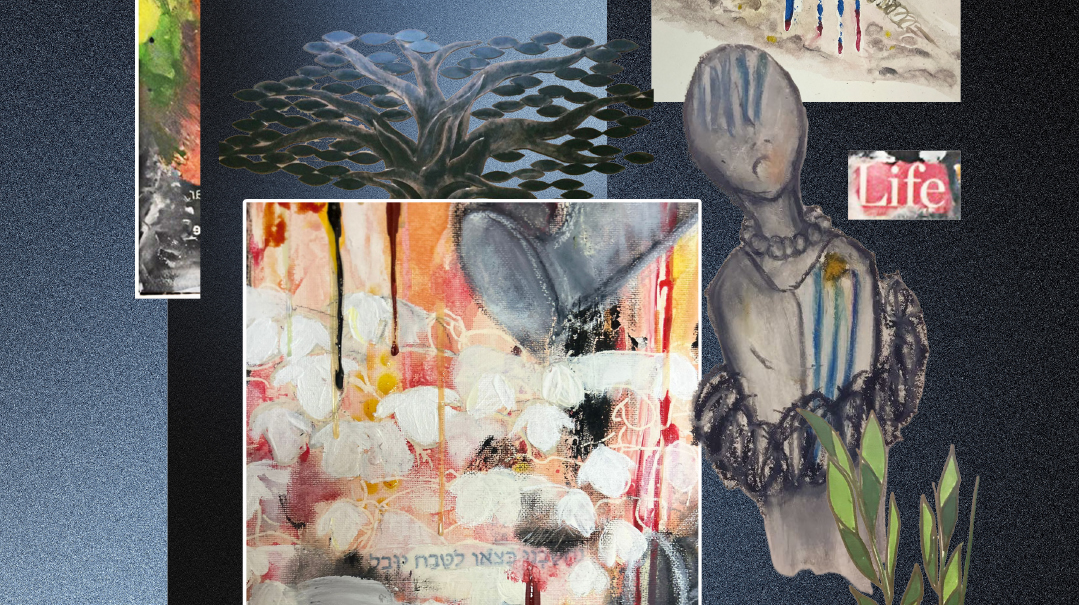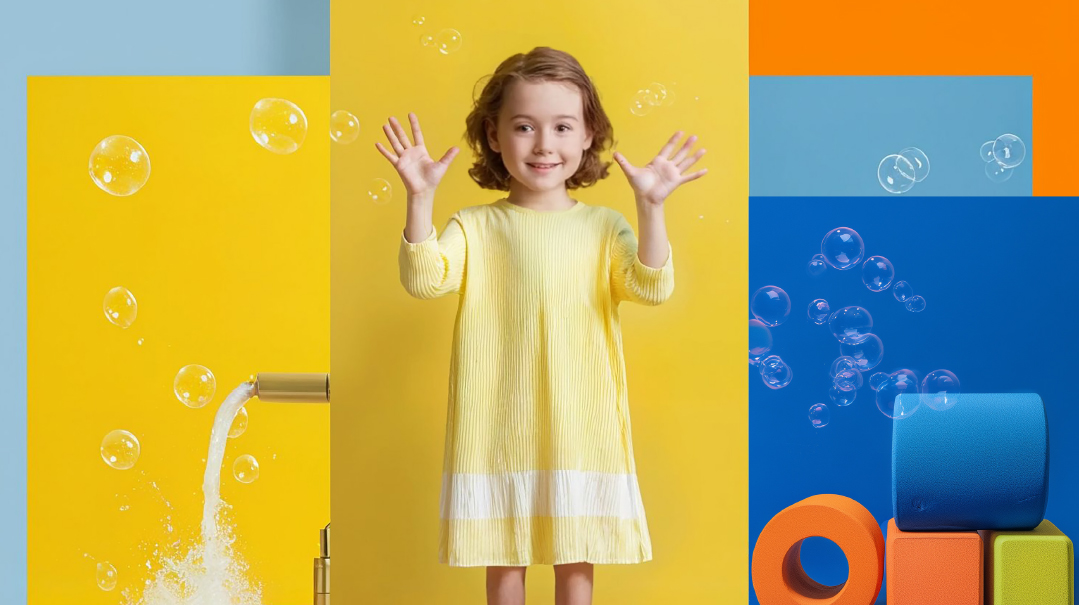Meet… Zissy Orlander
| February 25, 2025Zissy Orlander helps children learn to overcome their fears — with bunnies

Bunnyhoppers, Zissy’s brainchild, is where adorable baby bunnies offer a unique interactive learning experience. Under her guidance, children cuddle and care for these small creatures while learning to regulate their emotions, interact socially, and — for some — overcome their fears.
Hop on Over
The bunnies began with the students.
As a devoted teacher, my mother realized the power of animals to forge connections with struggling children. One of my aunts had a much-begged-for bunny that had long lost its luster, and she was only too glad to have it taken off her hands. Bunny the First was installed in our dining room when I was still in elementary school. He was large for a rabbit, but my mother’s students enjoyed the novelty of a pet in the heart of Boro Park.
At the time, my parents’ sights were set beyond bunnies. Their dream was to perform the mitzvah of pidyon peter chamor (the redemption of a firstborn donkey). To fulfill the mitzvah, we needed a donkey of our own. Since donkeys weren’t in plentiful supply, we ventured into Amish Country — otherwise known as Lancaster, Pennsylvania.
We found a woman willing to sell us a donkey and raise it for us. A fascinating person, this warmhearted professor raises animals as a hobby, and she lavishes maternal care on an array of donkeys, bunnies, goats, birds, and cows. She happily let us visit our long-distance pet so we could always identify it.
On one of those trips, my mother asked her if we could swap our bunny for some baby rabbits. We would raise them for a few months and return the babies when they grew up. A family tradition was born, and bunnies became woven into the fabric of my childhood.
Oops! We could not locate your form.







